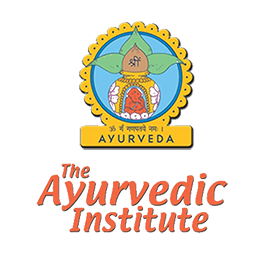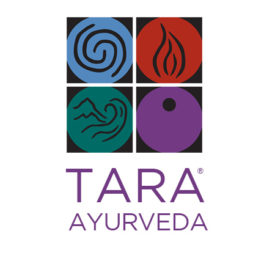
Simple tools and guidelines that support health and well-being
“You are what you eat.” The truth of this old adage has become more and more apparent. Today, 55-60% of our population is either overweight or obese and many more are experiencing digestive problems. Conscious choices are called for about what food we put into our bodies – how much, how often and when. From an Ayurvedic perspective, understanding the individual and determining their constitutional make up is the key to finding a truly balanced and healthy diet. Finding the right answers for feeding our own personal body is often difficult and confusing because of the large and ever changing volume of information out there. Fortunately, there are a few simple guidelines and some reliable sources that will steer you down the right path.
- Choose organic over foods that have been sprayed or raised with toxic chemicals.
- Reduce or eliminate processed foods, sugars, alcohol and caffeine.
- Replace processed snacks with healthy snacks such as raw veggies and nuts or eat small quantities of organic proteins such as cottage cheese, eggs, tuna or cheese during the day (this will also help reduce sugar cravings).
- Explore your body type according to Ayurveda. Whether you are predominately Vata, Pitta or Kapha will help determine ideal food choices.
- Click here to read our Living In Balance Lifestyle Guide.
- Consider your body size, age, lifestyle and activity level. All will play a part in how much food you need and how much your body can process effectively. Our metabolisms — and often activity levels – change as we age, requiring adjustments in food intake.
- Ask an important question before eating: Am I really hungry or am I eating this food for other reasons? Then make a conscious choice.
- Let your body tell you when to stop eating, not your mind. Second helpings are usually unconscious actions.
- Three meals per day -or- four to five smaller meals per day are recommended.
- The digestive process is most active between 10 and 2 pm, so your largest meal is best eaten during that time. Unfortunately, our busy lifestyles may make this difficult to do, but make adjustments as possible.
- Finish your last meal by 7 pm, giving your digestive system a natural fast until the next morning.
RELIABLE RESOURCES
AYURVEDA has some simple tools that will help you unlock the door to the food cupboard that best supports health and well-being based on your individual body type. The Constitutional Analysis Card details the attributes of each of the constitution types, called doshas, from which you can determine whether you’re predominantly Vata, Pitta or Kapha. The Living in Balance Lifestyle Guide tells you what will aggravate each body type, how to restore balance to that dosha and a brief Recommended Diet for each. Also, read Tara’s “Eating Healthy as a Lifestyle” article.

The Ayurvedic Institute is a school and health spa located in Albuquerque, New Mexico. Its founder, Dr. Vasant Lad, is the renowned teacher under whom Tara studied to become an Ayurvedic Practitioner. The Institute offers a complete range of lifestyle products as well as personal consultations. Its cleansing and rejuvenating program for body, mind and consciousness will help “reverse the effects of daily living and restore a natural state of health and wellness.” Visit their website at www.ayurveda.com. Under the ”Resources” tab you’ll find a section on “Food and Nutrition” that includes an extensive Food Guide for Vata, Pitta and Kapha constitutions – what to “favor” and what to “avoid,” including supplements. There’s also a large section on “Incompatible Food Combining,” yet another aspect when considering what to eat and when.
Dr. John Douillard is an Ayurvedic physician and his website www.lifespa.com is a treasure trove of information on health and well-being. In addressing diet, his two main areas of focus are Seasonal Eating and Cleansing as discussed in his article “The Confusing World of Eating, Dieting and Cleansing.”
“It’s hard to ignore the logic of nature,” he says. Nature “naturally” produces a high-protein, high-fat diet in fall/winter; low-fat diet in spring and a high-carb diet in summer. The changing microbes in seasonal soils then become our new gut microbes serving as antidotes to the extremes of each season. Makes sense, naturally! And because we don’t always eat seasonally or even wisely, and because we’re also dealing with large amounts of toxic chemicals in our environment, Dr. Douillard is a big proponent of regular Cleansing. This is also seasonally connected: “when nature offers us the opportunity to re-boot our digestive and detox strength and flush out some of the lingering toxins that may be storing in your fat cells and congesting your lymphatic system.” Check out his website for details on his Colorado Cleanse or just dip your foot in the water with the 4-day Short Home Cleanse.


